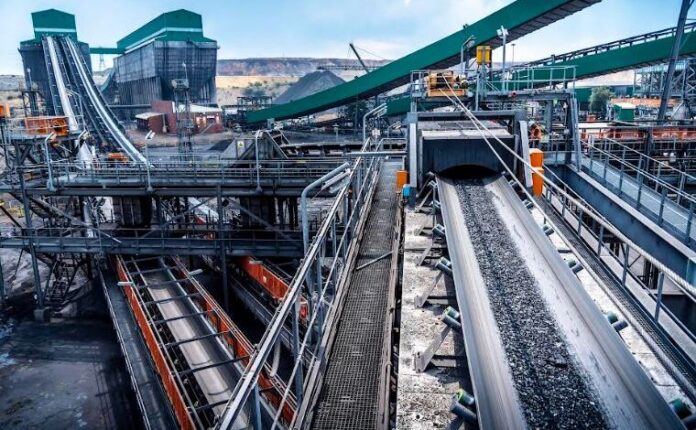Handling sticky material in mining and minerals processing plants can be a complex challenge. These materials can cause blockages, equipment wear and increased maintenance requirements, leading to reduced efficiency and increased operational costs.
This is according to Alwin Nienaber, Technical Director at Weba Chute Systems, who says that designing transfer points to effectively handle sticky materials is crucial for optimising material flow and minimizing downtime. “There are a number of key design considerations for transfer points and it is for this reason that EPCM contractors and end-users should work closely with specialist companies such as ourselves who have the requisite expertise and legacy knowledge to deal with complicated materials transfer.”
An important consideration is material flow control, which Nienaber explains is crucial to avoid blockages and build-up of sticky materials within chute systems. “This is where chute geometry plays a significant role in handling sticky materials, with experience informing the design of a chute to minimise impact forces and reduce material degradation. Minimising is also important, and this can be achieved through the use of wear-resistant materials such as ceramic tiles or rubber linings, and further extend the service life of transfer points while reducing maintenance requirements,” he says.
Tackling sticky situations
Nienaber says it is also important to control moisture levels when handling sticky materials. Excessive moisture can exacerbate the stickiness of materials, leading to increased build-up and blockages. Implementing moisture control strategies, such as proper drainage systems, dust suppression or material conditioning systems, can help maintain optimal moisture levels and improve material flow.



